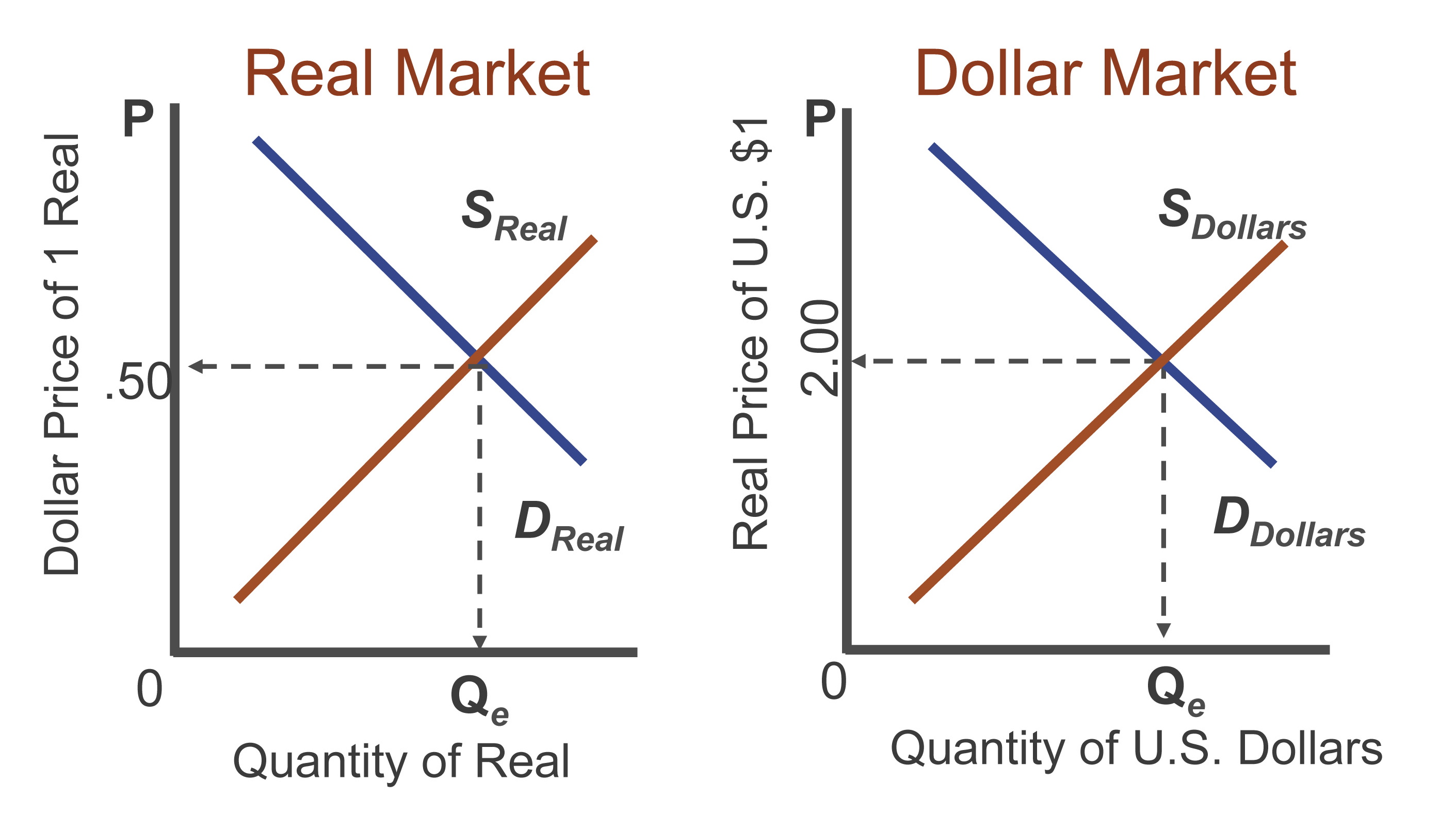Balance of Payments - measure of money inflows and outflows between the United States and the Rest of the World (ROW)
-inflows are referred to as CREDITS
-outflows are referred to as DEBITS
The balance of payments is divided into 3 accounts
-current account
-capital/financial account
-official reserves account
Every transactions in the balance of payments is recorded twice in accordance with stand accounting practice
-Ex. US manufacturer, John Deere, exports $50 million worth of farm equipment to Ireland
A credit of $50 million to the current account (- $50 million worth of farm equipment or physical assets)
A debit of $50 million to the capital/financial account
Current Account
Balance of trade or Net Exports
-exports of goods/services - import of goods/services
-exports create a credit to the balance of payments
-imports create a debit to the balance of payments
Net Foreign Income
-income earned by US owned foreign assets - income paid to foreign held US assets
- ex. Interest payments on us owned Brazilian bonds - interest payments on German owned US Treasury bonds
Net Transfers (tend to be unilateral)
-foreign aid to a debit to the current account
-ex. Mexican migrant workers send money to family in Mexico
Capital/Financial Account
-the balance of capital ownership
-includes the purchase of both real and financial assets
-direct investment in the US is a credit to the capital account
-ex. The Toyota Factory in San Antonio
-direct investment by US firms/individuals in a foreign country are debits to the capital account
-ex. The Intel Factory in San Jose, Costa Rico
Capital/Financial Account
-purchase of foreign financial assets represents a debit to the capital account
-ex. Warren Buffet buys stock in Pentrochina
-purchase of domestic financial assets by foreigners represents a credit to the capital account
-ex. The United Arab Emirates sovereign wealth fund purchases a large stake in the NASDAQ
Relationship between Current and Capital Account
-the current account and the capital account should zero each other out.
IF THE CURRENT ACCOUNT HAS A NEGATIVE BALANCE (DEFICIT), THEN THE CAPITAL ACCOUNT SHOULD HAVE A POSITIVE BALANCE (SURPLUS)
The U.S. is
passive in its use of official reserves. It does not seek to manipulate the dollar exchange rate.
The People's Republic of China is
active in its use of official reserves. It actively buy sand sells dollars in order to maintain a steady exchange rate with the U.S.
